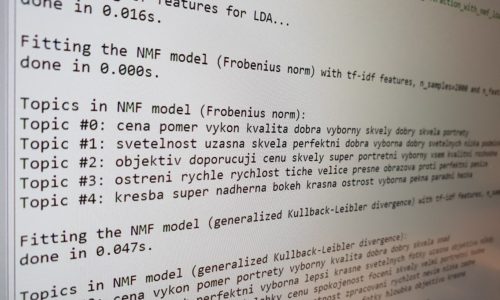[:en]An investment strategy is basically a list of exact rules (algorithm), which defines investment decisions (buy and sell orders), can analyze and manage real-time risks based on current market situations. Investment decisions can be divided into two groups – entry rules for opening investment positions and exit rules for closing investment positions. Our research department uses a method which takes these two rule categories and applies different development attitude on each of them.
Standard old-fashioned approach
Standard old-fashioned development approach is based on using financial experts‘ rules what depends on experience, knowledge and personal attitude. These entry and exit rules are usually very subjective and may lack a deeper analysis of various datasets (news, fundamentals, technical, psychological). However, it doesn’t mean that an investment algorithm containing these rules is wrong and can’t generate profit in a long-term period. It can be very robust and stable.
New era approach
Our research department loves new technologies which can help to deliver higher and more stable performance, lower drawdowns with a shorter recovery period, better Sharpe ratio and other key performance metrics. Current research is focused on implementing machine learning and genetic programming to investment strategies – specifically to improve the effectiveness of the exit rules. We use a few simple entry rules defined by a financial market expert (old-fashioned approach), but exit rules are generated by modern technologies for deep analysis of different datasets. Exit rules contain simple or sophisticated patterns founded by genetic programming and machine learning, but this whole approach is still under expert control and each rule is validated with strict conditions to avoid over-fitting.
Customers will be able to benefit from these algorithms by using them directly on their own accounts through specialized trading platforms or by investing in the big funds which will use these algorithms.
Vision
Our vision is based on improving human skills with data analysis technologies and deliver higher and more stable performance. We are not trying to take-over human decisions, but we are trying to make them better.
If you are interested in more information stay tuned to our website or get in touch! It would be a pleasure to invite you for an meeting at our office.
Michal Dufek[:]


